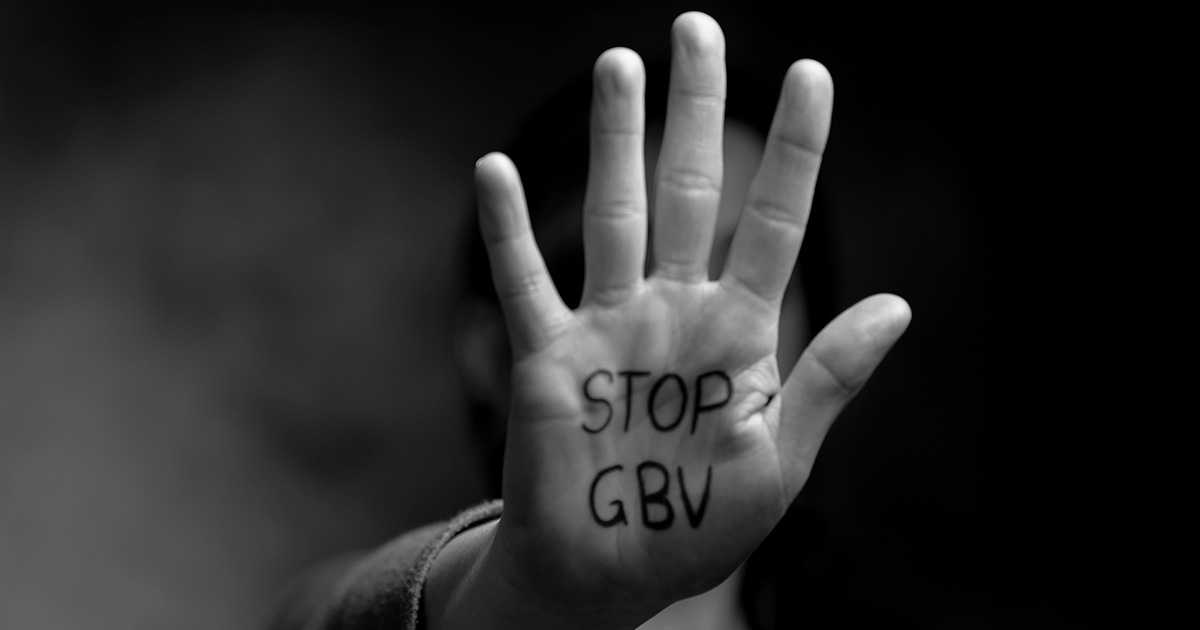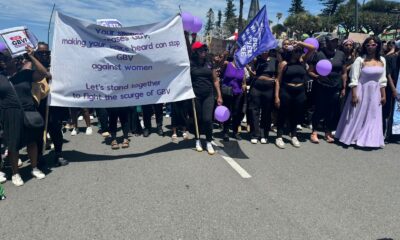Best of Johannesburg
Why Tackling Gender-Based Violence Is Crucial for South Africa in 2025

A critical turning point for gender-based violence in South Africa
Across townships, suburbs, and cities from Johannesburg to rural Eastern Cape, the conversation is unavoidable: gender-based violence is no longer just a tragic statistic; it is a national emergency. In 2025, South Africa stands at a pivotal moment in this crisis.
The scale of the crisis
The trauma runs deep. Gender-based violence strikes at human dignity, freedom, and safety, which are core values enshrined in our constitution, yet it remains one of the most persistent threats facing women, children, and gender-diverse people. When violence is tolerated, it weakens communities and holds back national potential.
Locally, the numbers are stark. South Africa ranks among the highest in the world for femicide and for lifetime exposure of women to physical or sexual abuse. These chilling realities ripple outwards and impact mental health, public health, and economic growth. Every workplace absence, every hospital burden, and every shattered household adds up to a cost that runs into tens of billions of rand each year and amounts to around one percent of South Africa’s GDP.
Why 2025 matters
In practice, 2025 has become a crucial test year in the country’s fight to end gender-based violence and femicide because it marks the NSP mid-term review and follows the start of the new GBVF Council. It marks the mid-term review of the national roadmap known as the National Strategic Plan on Gender-Based Violence and Femicide, which runs from 2020 to 2030. It also follows the passing of key legislation in 2024: the National Council on Gender-Based Violence and Femicide Act 2024, which came into effect on 15 November 2024. That law created a statutory body tasked with coordinating the efforts of government, civil society, and the private sector to deliver on prevention, justice, economic empowerment, survivor support, and research.
Implementation has not yet matched ambition. Reports show delays in setting up working structures, collecting meaningful data, and translating policy into community-level change.
The pillars that shape the response
The NSP is organised around six interlinked pillars: accountability, prevention, justice, response, economic empowerment, and research. These may sound technical, but each touches a lived experience: a woman’s right to walk home safely, a child’s right to grow up without fear, and a man’s chance to redefine what masculinity means in a healthy way.
Prevention means engaging men and boys not simply as bystanders but as partners. Justice means survivors must access courts, shelters, medical care, and secure services without shame. Economic empowerment is vital because until survivors can rebuild their lives, the violence repeats itself. Research provides the compass because, without evidence, the work can drift.
What’s happening on the ground
In recent months, public outrage has surged, sparked by individual tragedies that exposed systemic failure. In one case, thousands of South Africans joined protests following the alleged rape of a seven-year-old schoolgirl. The campaign captured national attention under the hashtag #JusticeForCwecwe and forced a reckoning on how institutions respond to violence against children.
On the legislative front, the new Council is expected to issue an action plan with costing, timelines, and monitoring frameworks. Communities are calling for more than statements. They want shelters that function, police response that acts swiftly, and social support that does not blame the victim.
The cultural and economic cost
Beyond the human toll, gender-based violence erodes social cohesion and impedes development. Women sidelined by violence cannot work, attend school, or engage fully in civic life. It drags on national productivity, costing billions annually and undermining the vision set out in South Africa’s National Development Plan. And because violence is often rooted in unequal power and harmful gender norms, tackling it means tackling a legacy of structural inequality that still echoes from our past.
So what can change, starting now?
-
Whole-of-society effort: The new legislation emphasises multi-sectoral coordination. Government, the private sector, faith groups, traditional leaders, and youth organisations must play their part.
-
Survivor-centred services: From medical care to legal help, from trauma counselling to economic support, the response must be seamless.
-
Prevention over cure: Addressing harmful norms, teaching young men about healthy relationships, and bringing boys into gender equality conversations.
-
Visible accountability: Measuring progress matters. Indicators and community-level data should be public. The Council will need to publish timely results.
-
Economic justice: Empowering survivors and vulnerable women with access to education, jobs, and financial independence is an essential part of breaking the cycle.
A fresh take for Joburg readers
In Johannesburg and across Gauteng, everyday life carries the shadow of gender-based violence, whether it is the fear many women feel walking home late or the silent burden in homes where violence is whispered, not addressed. The mid-term moment in 2025 presents our chance to move from noise to action. For Joburg readers, it is not just policy. It is about safe commutes, trustworthy services, community spaces where voices are heard, and neighbours who act when they see abuse.
Every march, every petition, and every survivor’s story creates momentum. But for change to stick, we must shift the narrative. Making safety and equality part of the city’s rhythm. From Braamfontein to Soweto and from public transport to corner store conversations, the message must be clear: gender-based violence belongs in our past, not our future.
2025 is not simply another year on the calendar in South Africa’s struggle against gender-based violence. It is a crossroads where policy meets urgency, where social outrage meets legislation, and where every community must decide: will we be bystanders or builders of change? The road ahead is long, but the markers are clear. If we align prevention, justice, response, and empowerment in every neighbourhood then we can begin to restore dignity, safety, and equality for everyone.
Follow Joburg ETC on Facebook, Twitter, TikT
For more News in Johannesburg, visit joburgetc.com
Featured Image: Centre for Human Rights – University of Pretoria



























